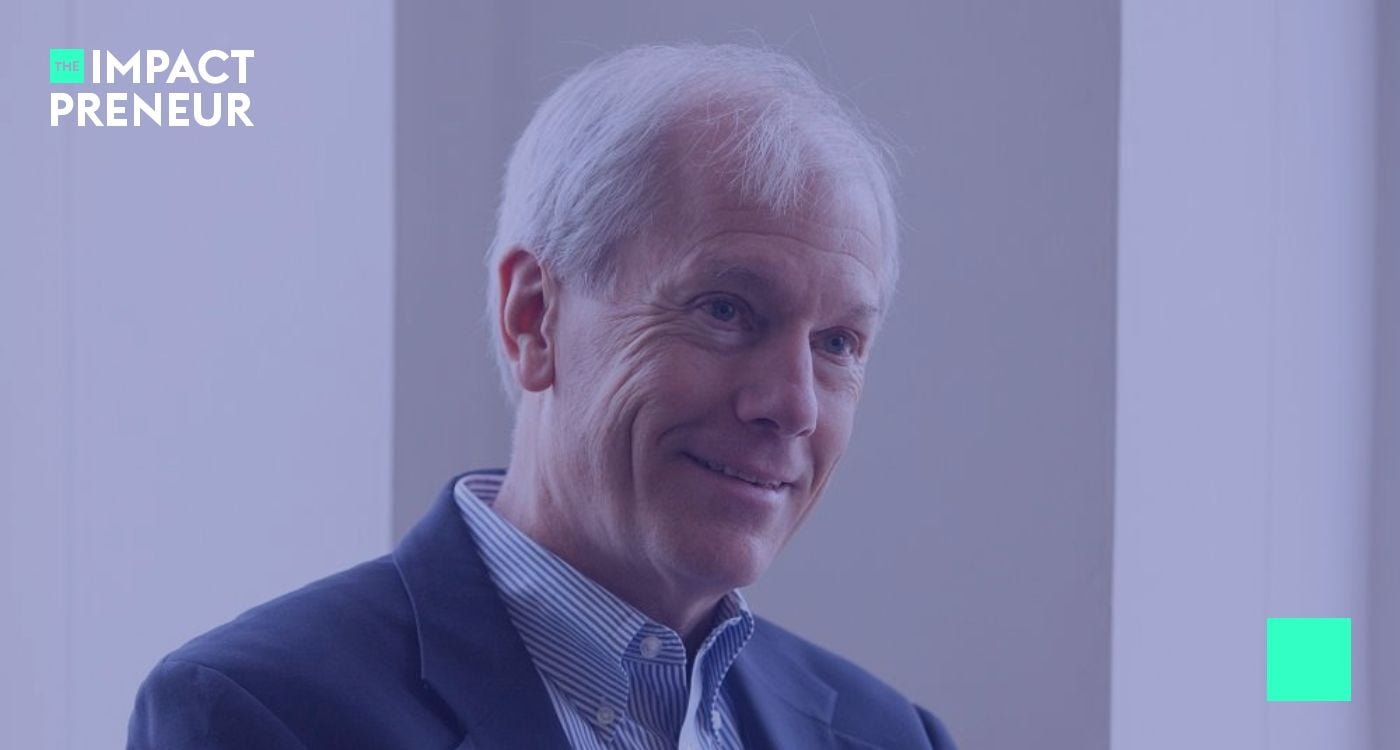Photo by: Cottonbro Studio
Gone are the days when sustainable fashion was merely a niche market; today, it stands at the forefront of innovation, marrying style with sustainability. But how did we get here, and where are we headed? Let's dive into the fascinating rise of sustainable fashion, the technological marvels driving it, and the incredible impact it promises for our planet.
Quick Bites:
- The fusion of tech and eco-consciousness is crafting a new genre of fashion that’s both chic and sustainable.
- Cutting-edge technology is the loom on which the fabric of the future is being woven, from recycling waste to digital designs.
- Imagine a world where clothes live a thousand lives – welcome to the reality being spun by the circular economy.
- Each of us holds the power to push this movement further through mindful shopping and supporting ethical brands.
The Sustainable Fashion Revolution
Once upon a time, sustainable fashion was a term that evoked images of hemp sandals and burlap sacks. Fast forward to today, and the scenario couldn't be more different. Sustainable fashion has undergone a remarkable transformation, emerging as a trend that's not just eco-friendly but also chic, desirable, and accessible. But what sparked this seismic shift?
At the heart of sustainable fashion's evolution lies a blend of creativity, technological advancements, and a deep-seated desire to do better for our planet. Designers and brands, big and small, are now harnessing cutting-edge technology to reduce waste, recycle materials, and create fashion that's not just beautiful but also kind to the environment.
Moreover, the concept of the circular economy has been a game-changer for the fashion industry. Moving away from the traditional take-make-dispose model, the circular economy focuses on creating a closed-loop system where products are designed to be used, reused, and eventually recycled or repurposed. This approach not only minimizes waste but also challenges the very notion of disposability in fashion.
The shift towards sustainable fashion is significantly driven by you – the consumer. As awareness about environmental issues has grown, so has the demand for sustainable fashion. People are no longer just asking for stylish clothing; they want to know where their clothes come from, how they're made, and the impact they have on the planet. This shift in consumer consciousness has been a driving force behind the industry's pivot towards sustainability.
Technology: The Catalyst for Change
Imagine a world where your clothes could tell a story – not just about fashion, but about sustainability, innovation, and a vision for a better future. This isn't a far-off dream; it's the reality being shaped by technology in the sustainable fashion sector.
Technologies are now transforming waste into wonder. Take, for instance, the innovative startups turning plastic bottles into fabric or repurposing agricultural byproducts into luxurious textiles. These aren't just eco-friendly alternatives; they're high-quality, durable, and absolutely fashionable materials that challenge our perceptions of what waste can become.
The digital revolution in fashion is not just about aesthetics but ethics. It's also playing a pivotal role in sustainable fashion. From 3D printing to AI-driven designs, technology is enabling the creation of bespoke, no-waste apparel. Imagine designing your dream outfit on a computer, having it tailored to your exact measurements, and produced without a scrap of material wasted. This is the promise of digital fashion – a future where creativity and sustainability go hand in hand.
Faith Legendre, a visionary from Afire Consulting, encapsulates the essence of this movement. Her work symbolizes the bridge between innovative technologies and sustainable fashion practices, shedding light on the potential of circularity in the industry.
"Everything's connected in nature and everything's connected back to us. If we're really conscious and we don't overproduce, there's enough textiles in the entire world right now," Legendre passionately explains, envisioning a future where digital innovation ensures sustainability is woven into the very fabric of fashion.
Furthermore, blockchain technology is another powerful tool being leveraged to bring transparency and traceability to the fashion supply chain. By providing a tamper-proof digital ledger of a garment's journey from farm to wardrobe, blockchain is helping consumers make informed choices and pushing brands towards more ethical practices.
The Impact: Beyond the Wardrobe
The implications of this sustainable fashion revolution extend far beyond our closets. They touch upon environmental preservation, social justice, and economic sustainability. By minimizing waste, reducing the reliance on virgin materials, and championing recycling and repurposing, sustainable fashion is playing a crucial role in reducing the industry's environmental footprint. Every garment that's made sustainably represents a step towards a healthier planet.
"There's enough textiles in the entire world right now to clothe everybody in the world," Legendre asserts, challenging the industry's production and consumption patterns.
Sustainability isn't just about the environment; it's also about people. Ethical labor practices, fair wages, and safe working conditions are integral to the sustainable fashion ethos. Brands that embrace this holistic view of sustainability are not only contributing to a better fashion industry but also to a more equitable world. Circular economy reflects a commitment to not just reducing waste, but also ensuring the human aspect of fashion production is respected and valued.
"Do you think that those people were paid a livable wage? Do you think they had a safe place to work?" Legendre queries, urging a reevaluation of our fashion choices through the prism of human dignity and equity.
Lastly, the sustainable fashion movement is a hotbed for innovation, offering new opportunities for economic growth. It's proving that sustainability and profitability can go hand in hand, paving the way for a future where business success is measured not just in financial terms, but in social and environmental impact as well.
What You Can Do:
So, what can you do to be part of this exciting journey towards sustainable fashion? Here are a few actionable steps:
- Educate Yourself: Knowledge is power. Learn about the brands you support, their manufacturing processes, and their sustainability practices.
- Shop Mindfully: Before making a purchase, ask yourself if it's something you truly need or if it's an impulse buy. Opt for quality over quantity, and choose pieces that are versatile and long-lasting.
- Support Sustainable Brands: Your purchasing power can drive significant change. This doesn't mean you have to forsake your favorite styles; many sustainable brands offer fashion-forward, beautiful pieces that don't compromise on ethics or aesthetics. By choosing brands that prioritize sustainability, you contribute to a growing demand for ethical and eco-conscious fashion.
- Recycle and Upcycle: Before discarding old clothes, consider if they can be given a new life. Can a t-shirt become a tote bag? Can a dress be altered to fit your current style? Recycling and upcycling not only reduce waste but also allow you to unleash your creativity.
- Advocate for Change: Finally, use your voice. Talk about sustainable fashion, share your knowledge with friends and family, and encourage discussions about the importance of ethical practices in fashion. The more we talk about these issues, the more we can drive meaningful change.
As we look to the future, it's clear that sustainable fashion is not just a passing trend; it's the dawn of a new era in the industry. With technology continuing to evolve and consumer awareness on the rise, the possibilities are limitless. We're on the cusp of a fashion revolution that promises to redefine beauty, style, and sustainability. As we embrace this new vision of fashion, we're not just changing our clothes; we're changing the world.
Questions on the Topic
Q: What is the concept of the circular economy in fashion?
A: The circular economy in fashion is all about closing the loop. It means clothes are designed, produced, and used in a way that maximizes their lifecycle, reduces waste to a minimum, and makes the most out of the resources we already have. It's about transforming our one-way street of fashion into a roundabout that keeps our precious resources in play for as long as possible.
Q: What are some real-world impacts of non-sustainable fashion practices?
A: Oh, where do we start? The impacts are far-reaching and eye-opening. For starters, think about that $5 shirt. Why so cheap? Often, it's a story of environmental shortcuts and human rights overlooks - from unsafe working conditions to child labor and wages that you can't live on. Then, there's the environmental cost - depleted soils, chemical-laden waters, and a wardrobe that ends its short life in a landfill.
Q: What future trends can we anticipate in sustainable fashion?
A: The future's looking bright and innovative. Imagine a world where your clothes are as unique as your fingerprint, tailored not just to your size but to your ethical standards. We're talking about using deadstock, repurposing materials in creative ways, and technology that brings the power of design into your hands. This isn't just fashion; it's personal expression, technology, and sustainability all woven into one.
Q: Are there any challenges left to tackle in sustainable fashion?
A: Absolutely, but challenges are just opportunities in disguise, right? We're up against deep-rooted industry practices, supply chain complexities, and a need for widespread cultural shifts. However, with innovative platforms, persistent advocacy, and a growing community of conscious consumers and businesses, we're on the cusp of transforming these challenges into victories for our planet and future generations.




